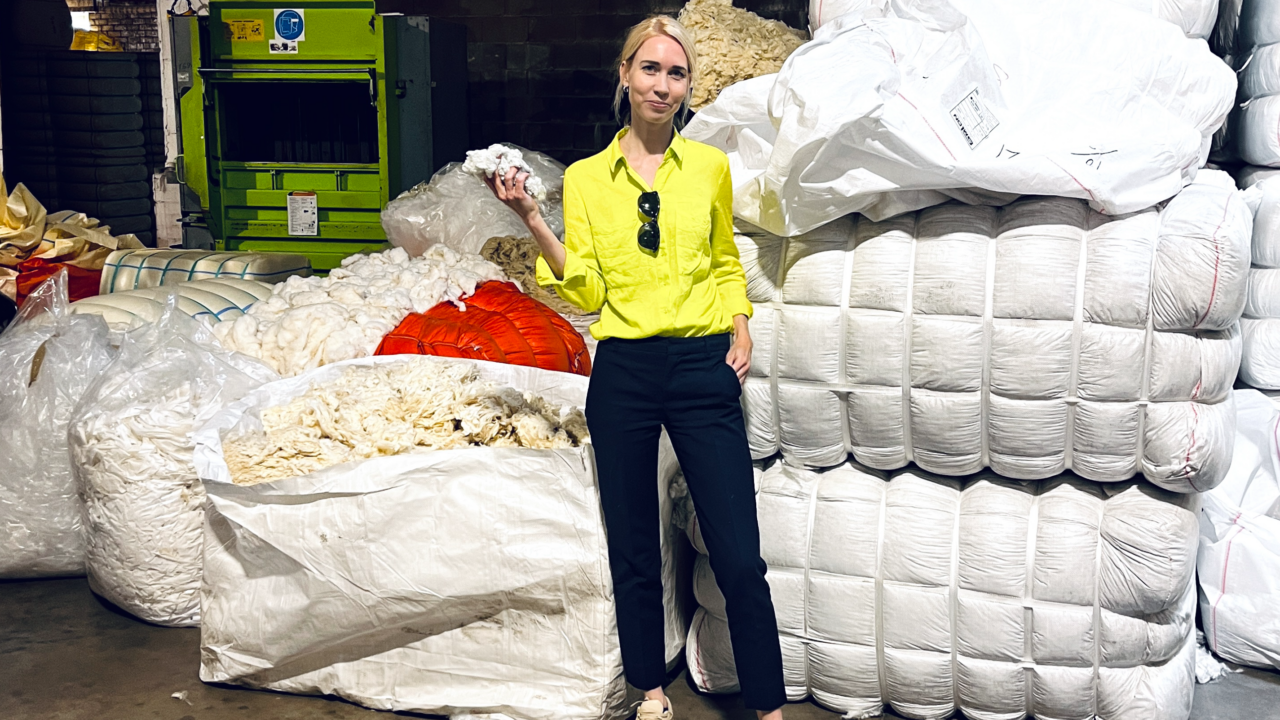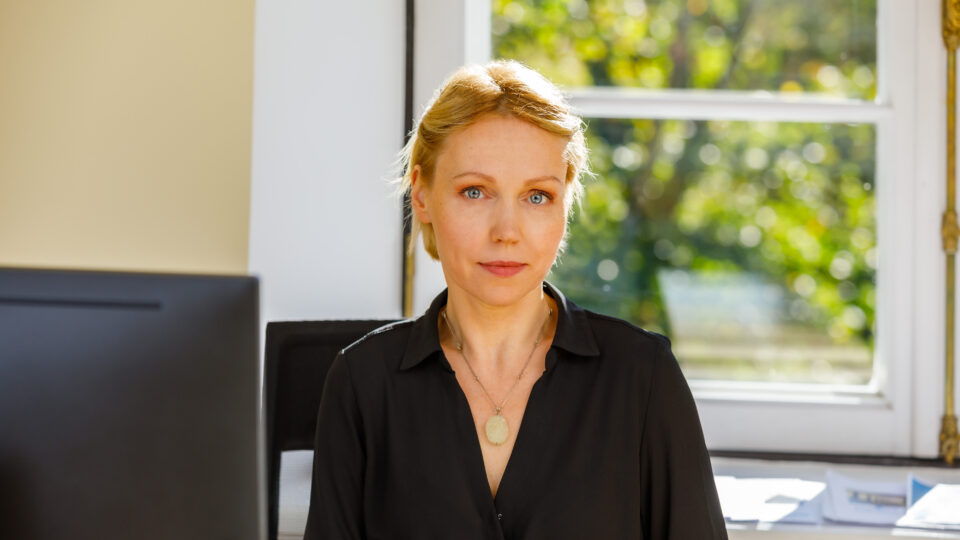The greatest challenge facing science-based startups in Estonia isn’t a lack of ideas – it’s the ability to realise them and to truly understand market needs along the way.
Mart Maasik emphasises that many teams tend to stall at the early stage due to a lack of business development competence. “The market expects skills that deep-tech teams are only beginning to acquire, but at that stage, a startup simply can’t afford mature market insight. And that creates a vicious cycle – without capital, you can’t bring in experienced people, but without them, growth is almost impossible.”
“The market expects skills that deep-tech teams are only beginning to acquire, but at that stage, a startup simply can’t afford mature market insight. And that creates a vicious cycle.”
One way out of this loop is through partnerships. Collaboration with more mature companies and a strategically built ownership structure can help startups gain essential skills and experience without immediately taking on high risk. Maasik sees particular value in situations where the first “customer” also becomes a co-developer of the idea. While such cooperation might not open the biggest market, it offers something even more valuable – an understanding of how the market truly works.
That said, such partnerships – whether with mature businesses or early-stage clients – can come with limitations and risks. For instance, exclusivity agreements may hinder future scalability, and it becomes essential to clearly define the long-term competitive advantage, intellectual property ownership, and protection strategy.
The business side must not be neglected
Too often, scientists begin thinking about the business side far too late. Mart Maasik recommends involving people with business expertise already during the lab phase. “If you only start thinking about bringing others in when you’re burned out or don’t know which direction to take next, you’re already too late,” he said.
“If you only start thinking about bringing others in when you’re burned out or don’t know which direction to take next, you’re already too late.”
One common dilemma is who should lead a science-based startup – the scientist or someone else? According to Maasik, the focus shouldn’t be on a single person, but on building a strong team. Sometimes the scientist is ready to take on the CEO role at first, but in the long run, their greatest value often lies in developing the core technology.
What matters far more is whether the team can combine complementary strengths. Collaboration requires two things: awareness of your own limitations and a willingness to involve people with other skill sets. This is precisely why a scientist must be open to the idea that growing a company’s value means sharing responsibility – and future rewards. “If you try to keep everything to yourself, you may end up with nothing to share at all,” Maasik pointed out.

Kiud, founded by TalTech alumna Liis Tiisvelt, is one of the companies that grew out of scientific research. According to her, not all ideas will take off, but every experience brings progress. It’s important to focus on a potentially viable business model from the outset and to understand where the real economic benefit will come from – that is the foundation of success. Photo: Private collection
Funding requires maturity
According to Mart Maasik, it’s natural that not every deep-tech project receives funding – that doesn’t make the idea bad. More often, the solution may simply not yet be mature enough in the eyes of investors. The team and the market also need to be ready. To put it simply: if any one of the three elements – the solution, the market, or the team – is weak, the chances of building a fundable company are slim.
Maasik believes the best chance of success comes from combining grants with private capital. Relying solely on development grants often doesn’t create sufficient commercial motivation, while risk capital alone tends to avoid very early-stage technology development. Both types of funding have their place, and in an ideal scenario, they complement each other.
He also recommends that even teams who could initially manage with grant support alone involve private investors early on – if not for the funding, then for the mindset. The earlier a team starts grappling with tough questions, the faster their internal maturity grows.
Estonia’s strengths and weaknesses on the global stage
Estonia’s position in science-based entrepreneurship is far from weak – quite the opposite, says Mart Maasik. The country has a high level of scientific potential in several fields and is home to an increasing number of teams with international experience, something investors greatly value.
Among the most promising areas, Maasik highlights materials science and health technologies, both of which are supported by Estonia’s strong IT capabilities. He points to the use of synthetic data in both materials research and healthcare as an example – a development that can accelerate the journey to market readiness. These fields were once considered too complex and capital-intensive for Estonia, but that perception is shifting.
Globally, Maasik sees three major areas in focus: defence technologies, healthcare, and the environment. To succeed in these, entirely new solutions and genuine innovation are needed.
For Estonia to ride the wave of global solutions, some old ways of thinking must be challenged. In Maasik’s view, Estonia’s research institutions should not be competing with one another, but collaborating – to attract capital, talent and experience.
The biggest gap, he says, is not in knowledge but in experience – especially in how to build scalable science-based companies. That expertise often comes from international cooperation rather than purely from domestic success stories. “We can’t wait for success stories to emerge organically. We need to bring in international talent now, work with them, and learn from them,” Maasik says.
“We can’t wait for success stories to emerge organically. We need to bring in international talent now, work with them, and learn from them.”
It’s a common belief that science-based entrepreneurship takes time – and that’s true. But that doesn’t mean success has to be decades away. Maasik notes that in Europe today, the average time from founding a deep-tech company to an exit by founders or investors is around seven years – comparable to regular startups.
Every new company is built on a foundation, and in the case of science-based ventures, that foundation is often laid through research and early-stage technological validation.
In that context, a seven-year commercial success horizon is quite optimistic when starting from scratch. Just as no journey is a smooth upward line, there’s never a perfect moment to launch a business. “But if we develop a system together – one that supports team development, provides access to capital, encourages collaboration and allows room for plans to change – Estonia will start to produce more high-impact successes than ever before.”
“If we develop a system together – one that supports team development, provides access to capital, encourages collaboration and allows room for plans to change – Estonia will start to produce more high-impact successes than ever before.”




